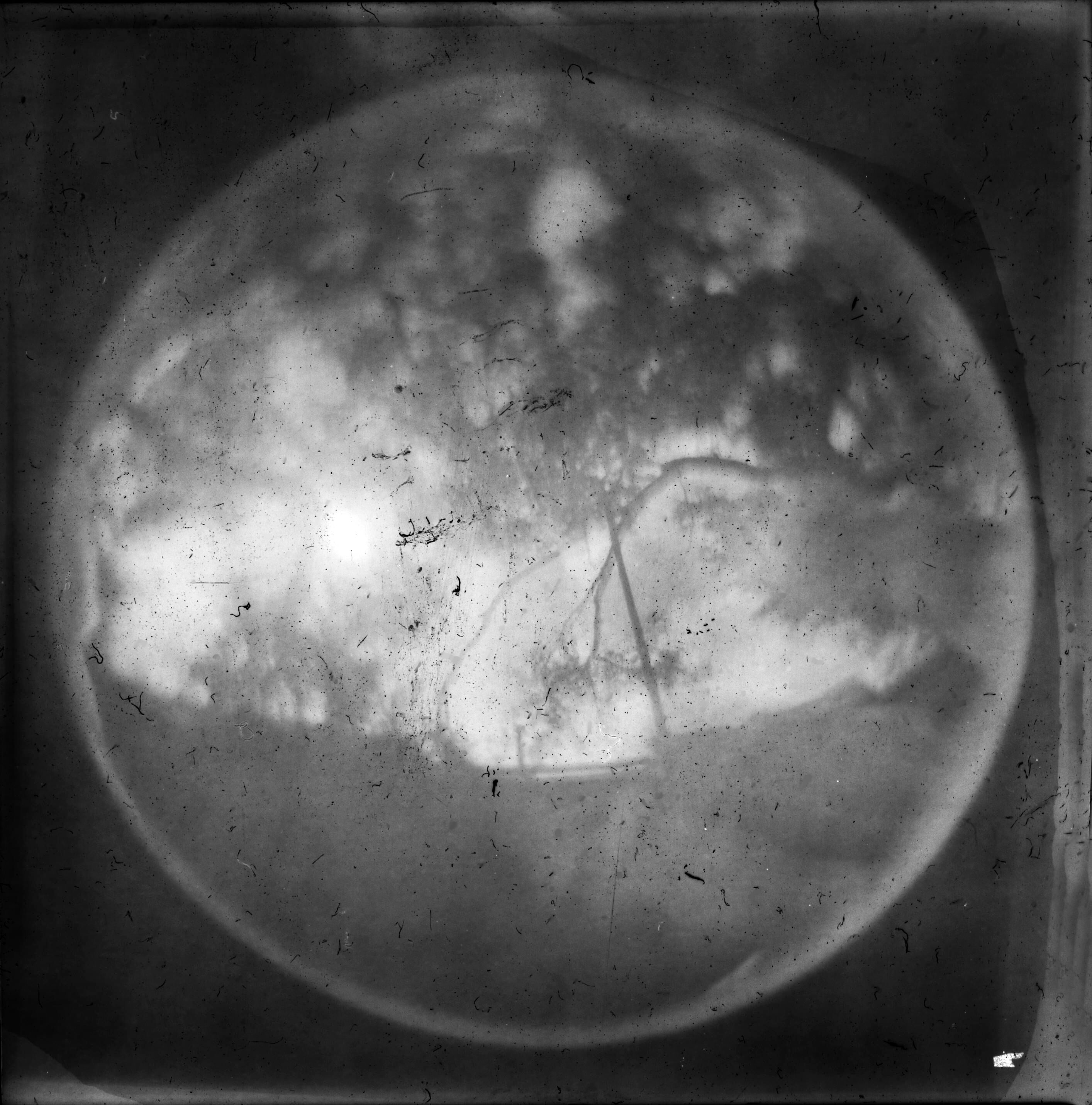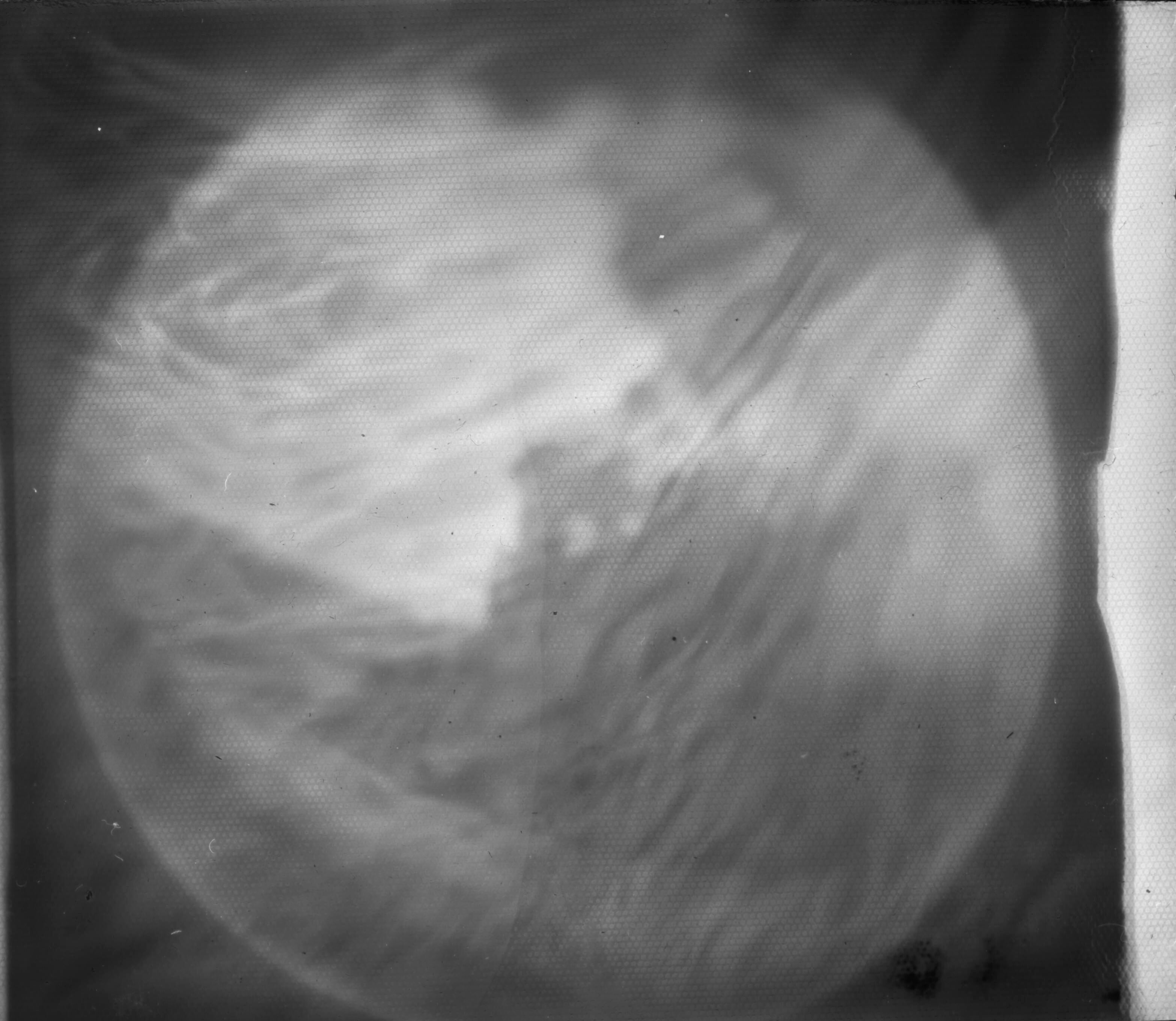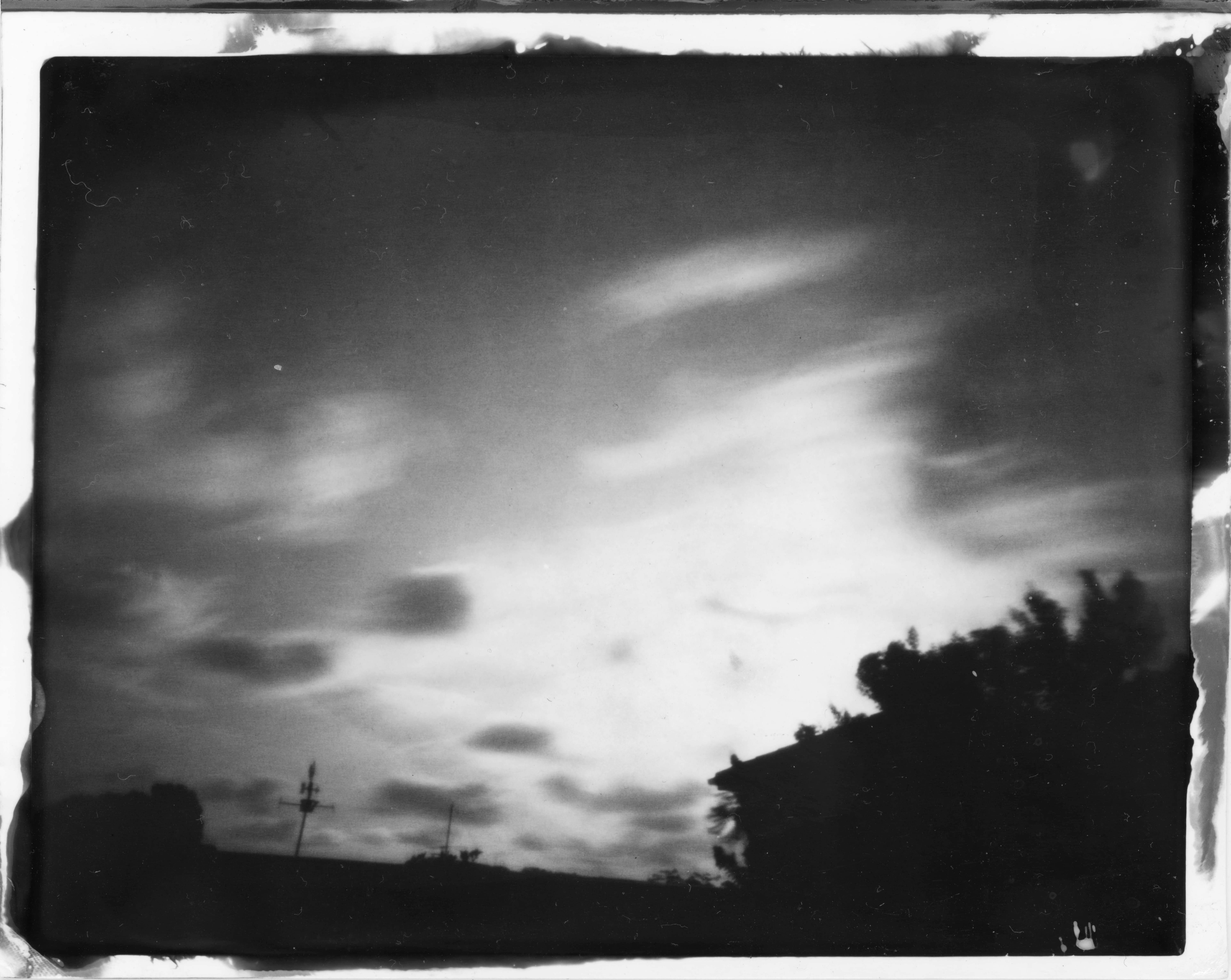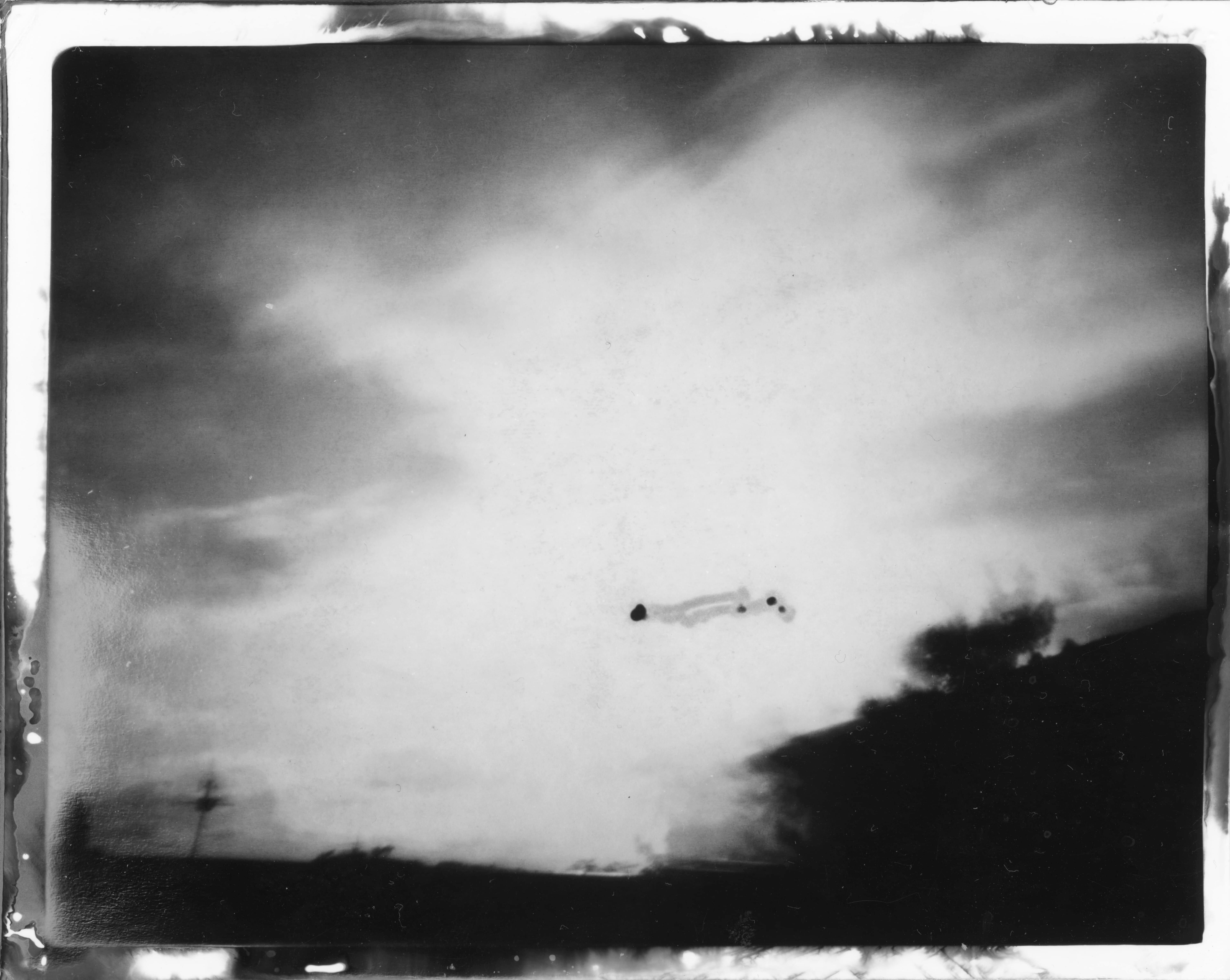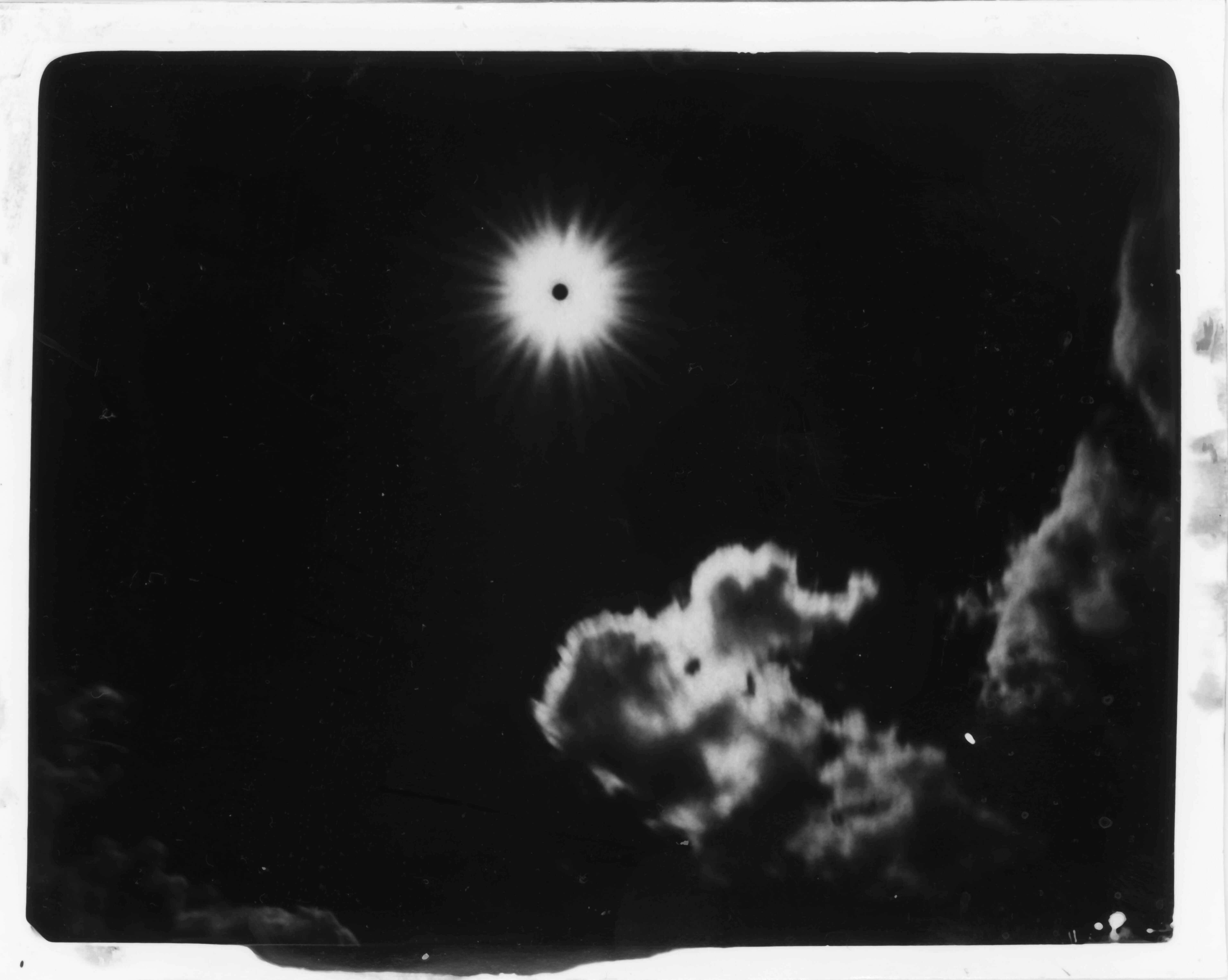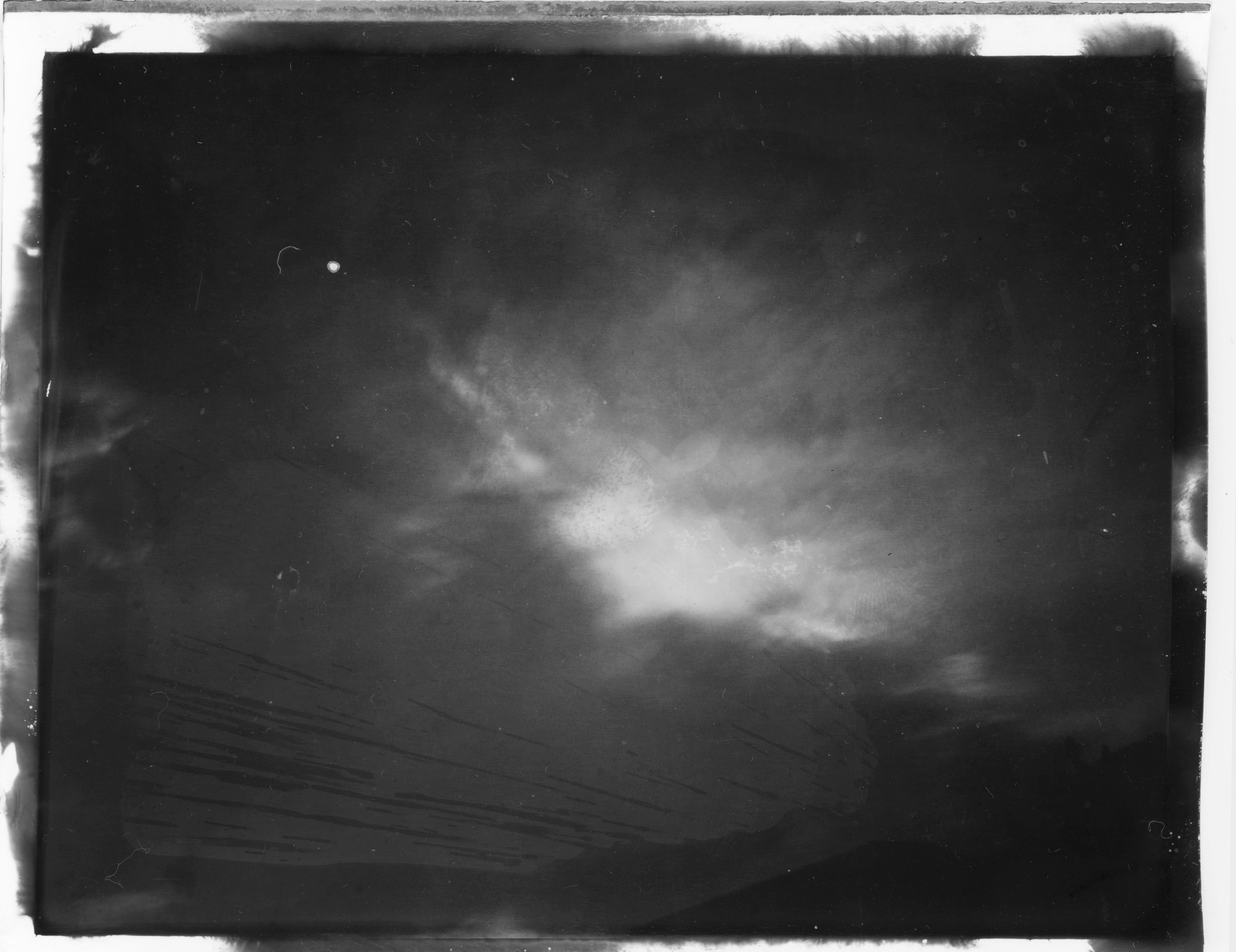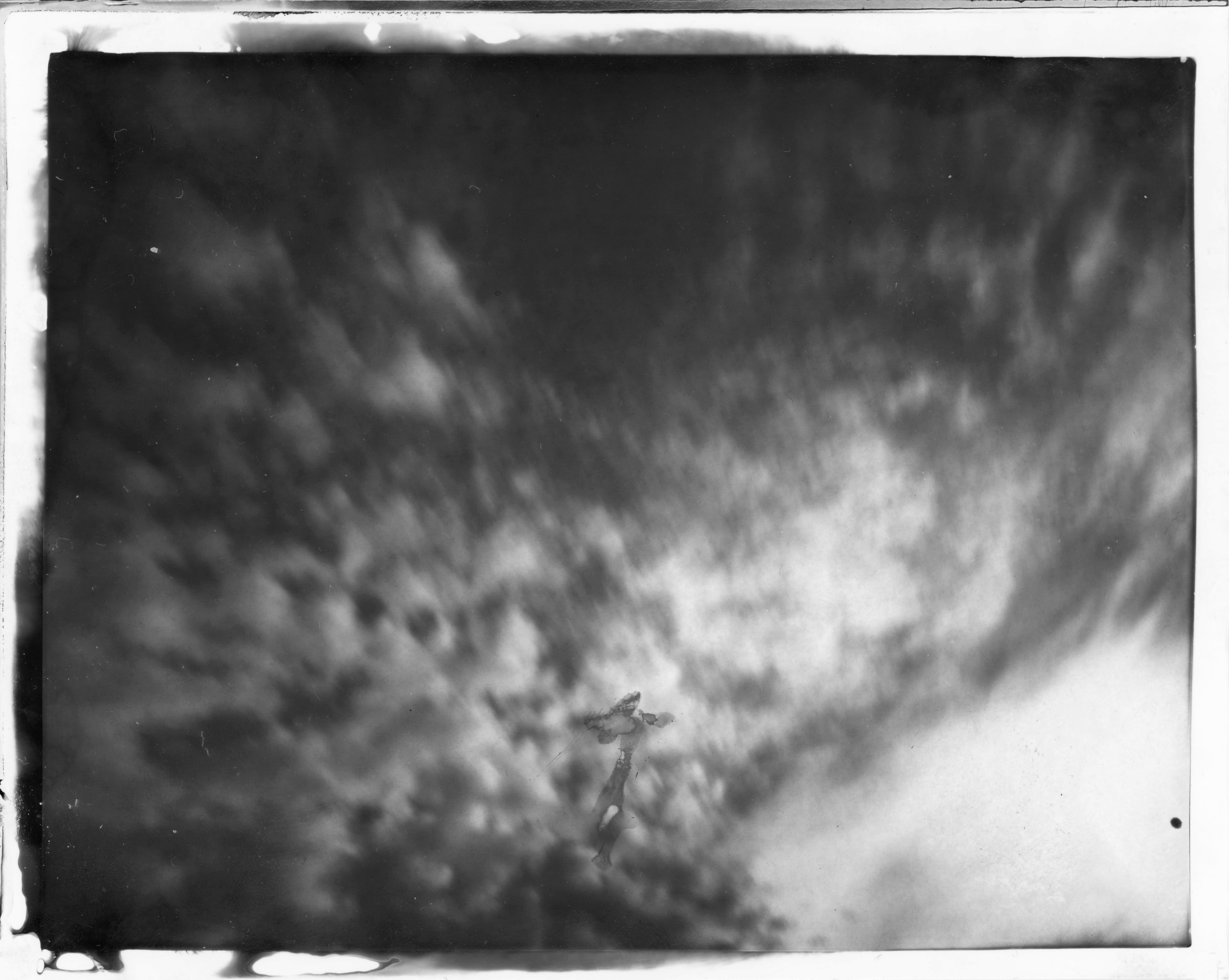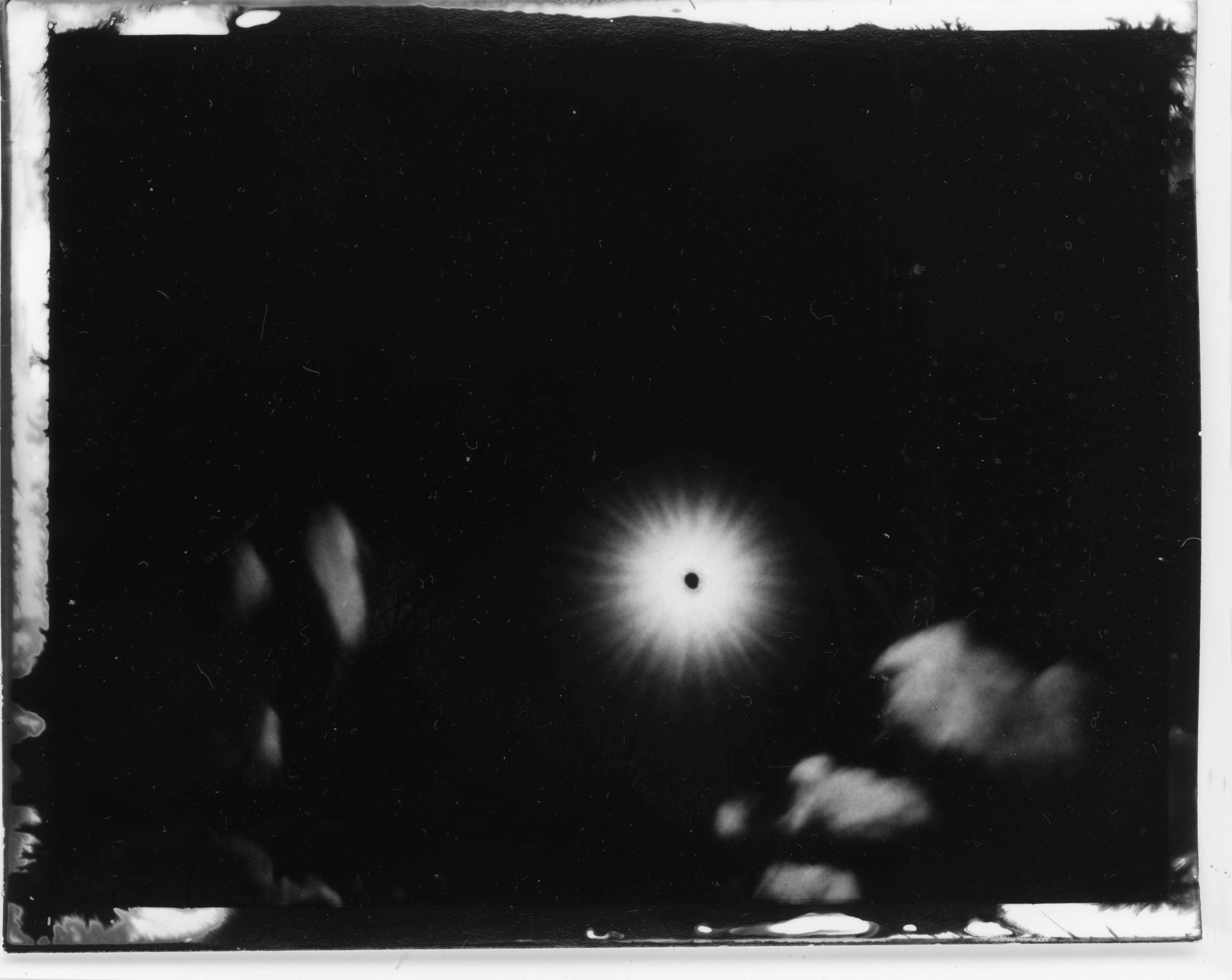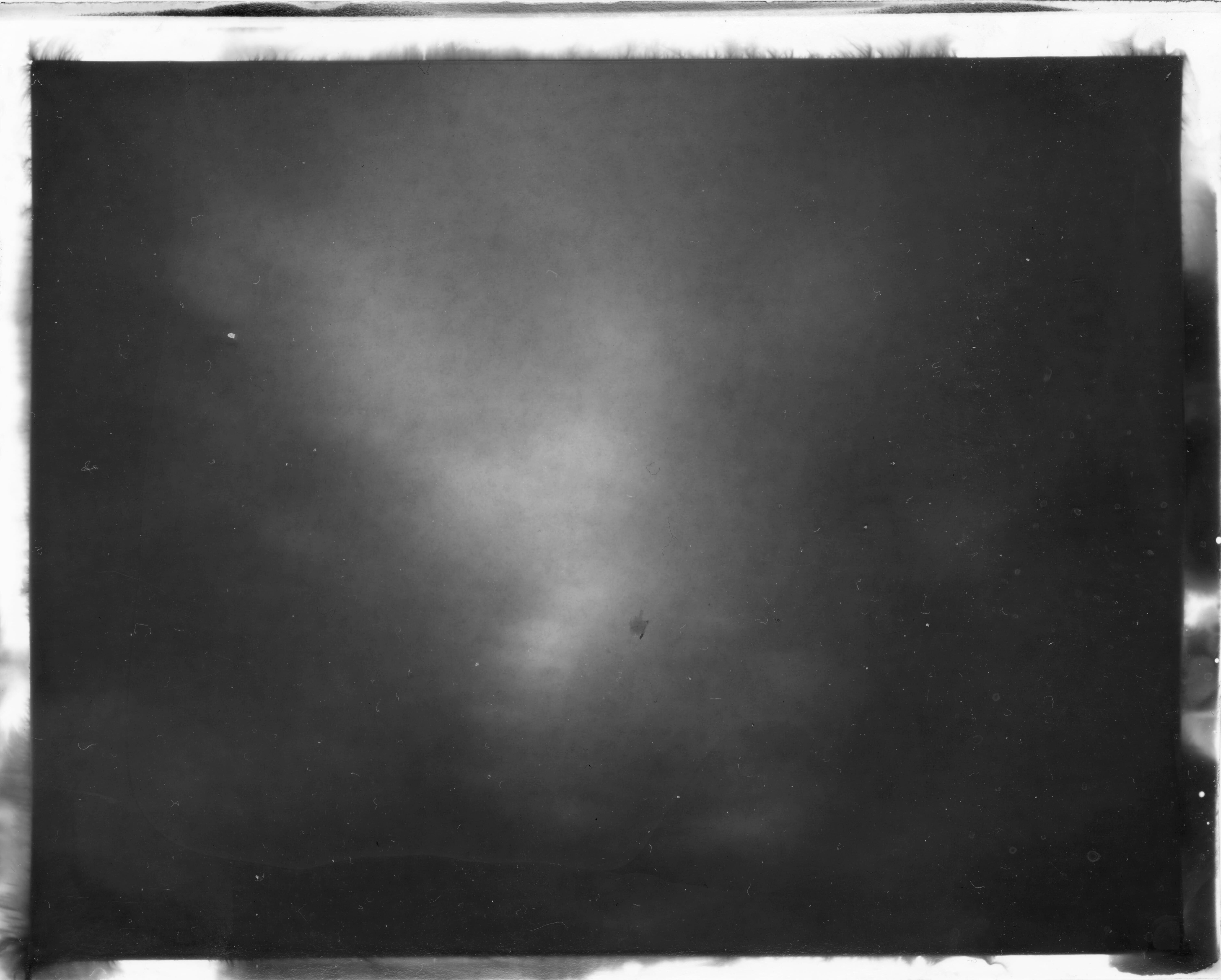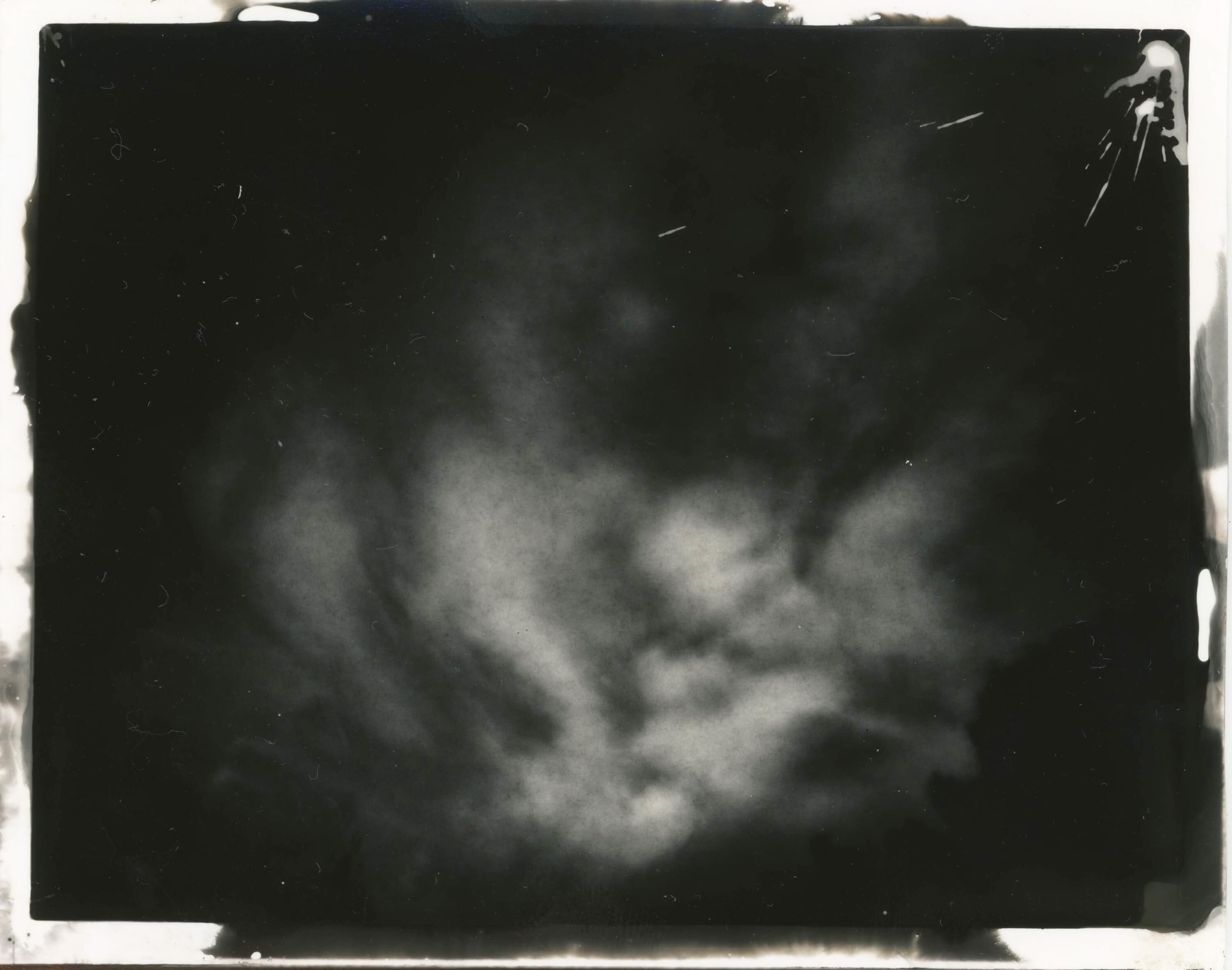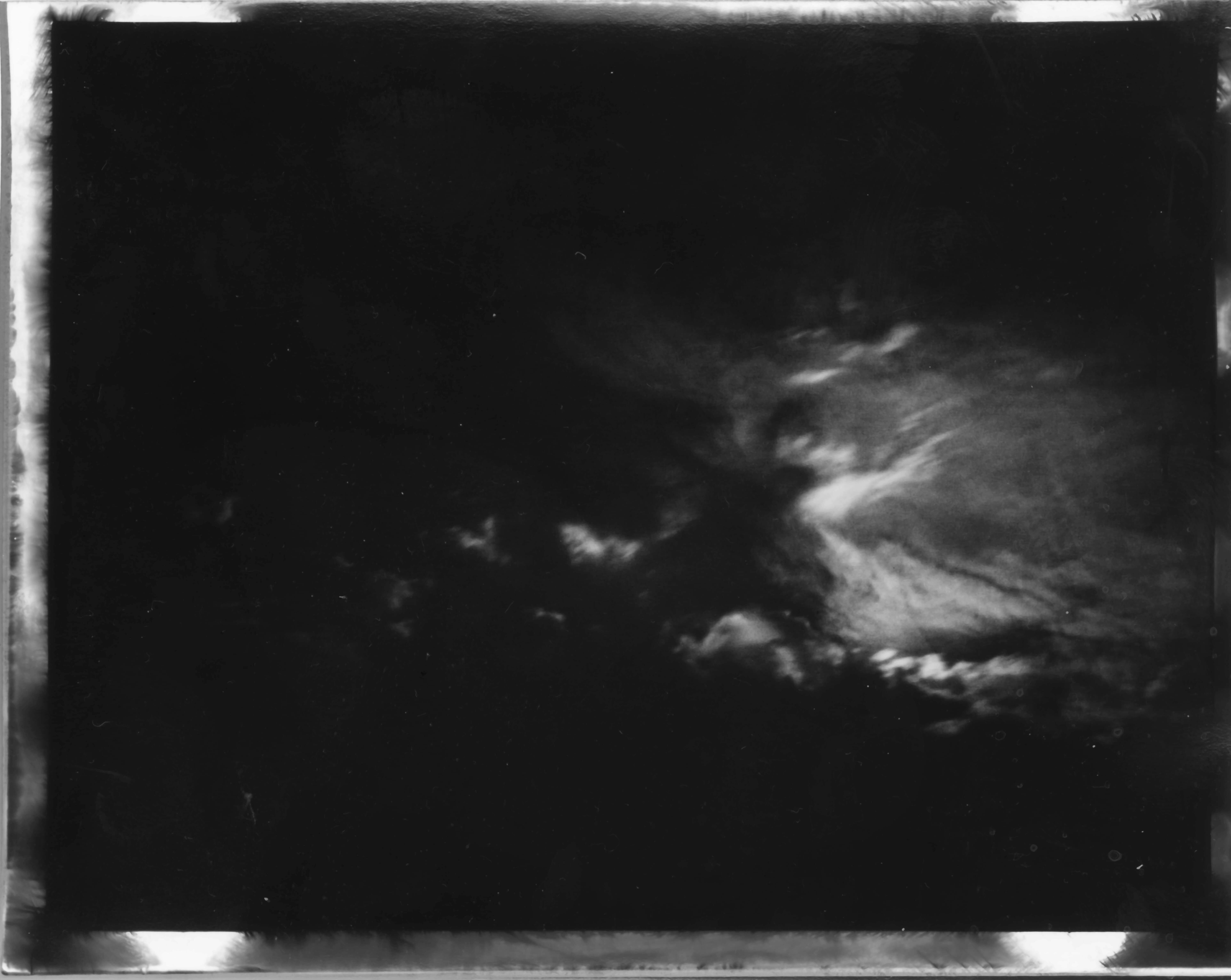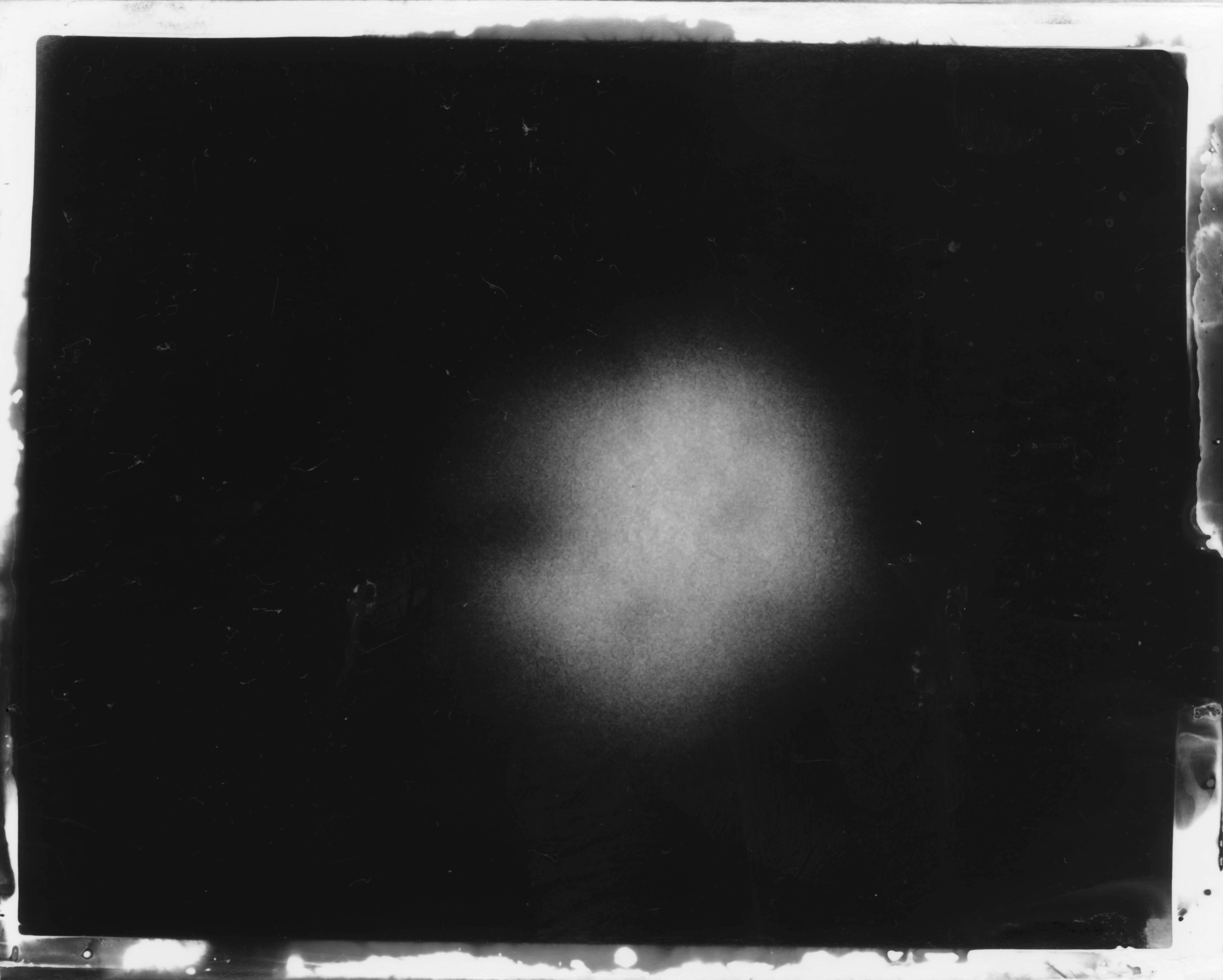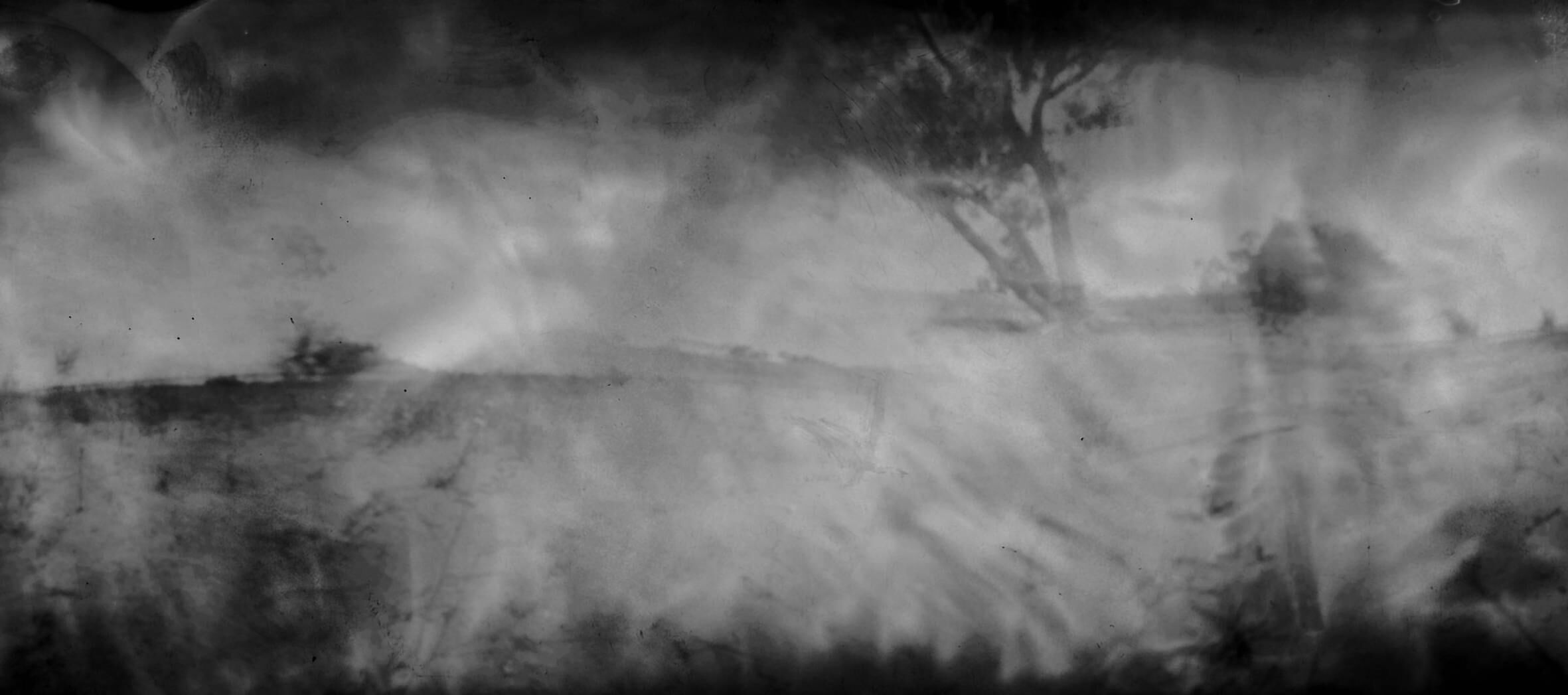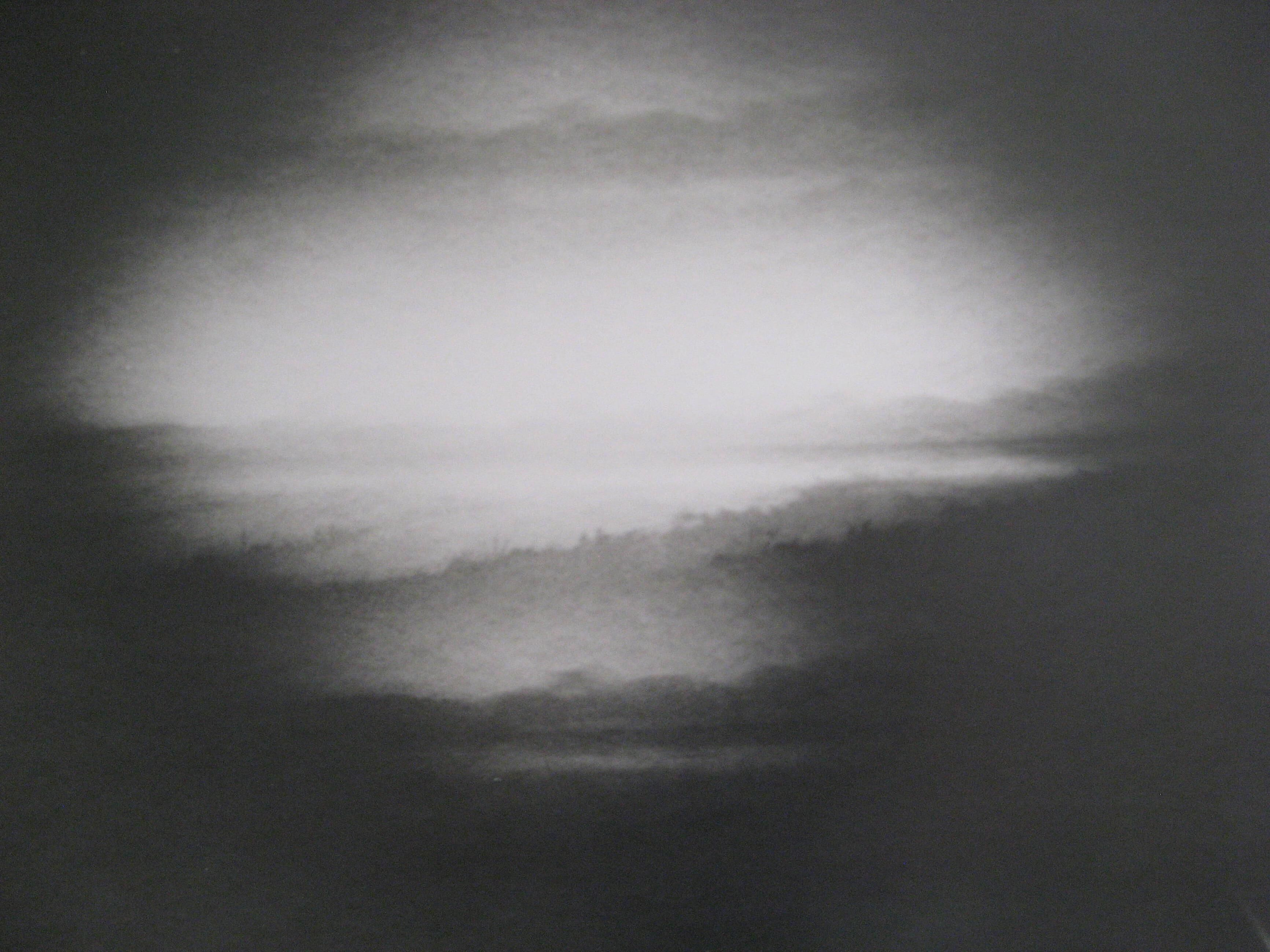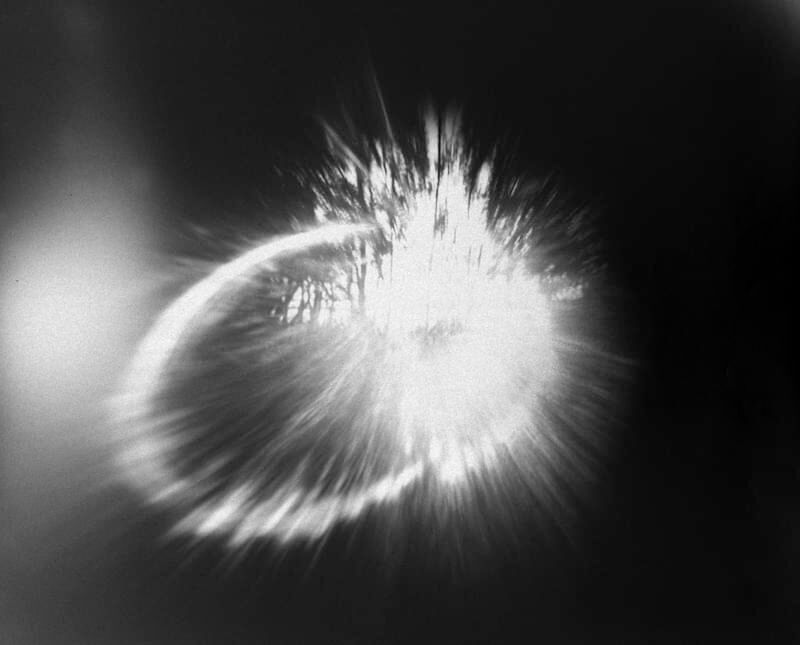Pinhole
There is a crack, a crack in everything. That's how the light gets in. The Anthem by Leonard Cohen.
Personally I use a domestic sewing needle to make my pinhole apertures to let in light. While undertaking my earliest research and lying in a darkened room with a pinhole of light entering; watching the outside world show itself to me on the inside walls, ceiling and floor; it is easy to conjur up an image of Sir Isaac Newton, English mathematician and astronomer (1642-1727), who in a similarly darkened room, in 1671[1], is placing a glass prism in front of a pinhole of light and watching as the light beam breaks into a rainbow of colours on the white paper on the wall beyond. What a remarkable mind to be able to formulate ideas and experiments that help us understand the world we inhabit. The physical sciences and the visual art world seem to fit together here nicely. The initial term for this phenomenon was ‘collecting place’ or ‘locked treasure room’[1]. It is much later in the 16th century that Giambattista della Porta, [later accused of withcraft], is recorded to have used the Latin term ‘camera obscura’ to describe his discovery, with obscura meaning dark and camera meaning room.[2]
A camera obscura is formed by darkening a box, room or object completely by excluding light from entering except through a small aperture made in one surface. The light rays at or closer to the centre, travel into the hole and due to the laws of optics, carry an inverted image of the outside world, into the internal space. It should also be mentioned that a camera obscura occurs naturally in nature when an aperture such as a crack in wood, allows light to enter a confined dark space. Ref: and images available but not shown. Copyright text and research with this artist.
